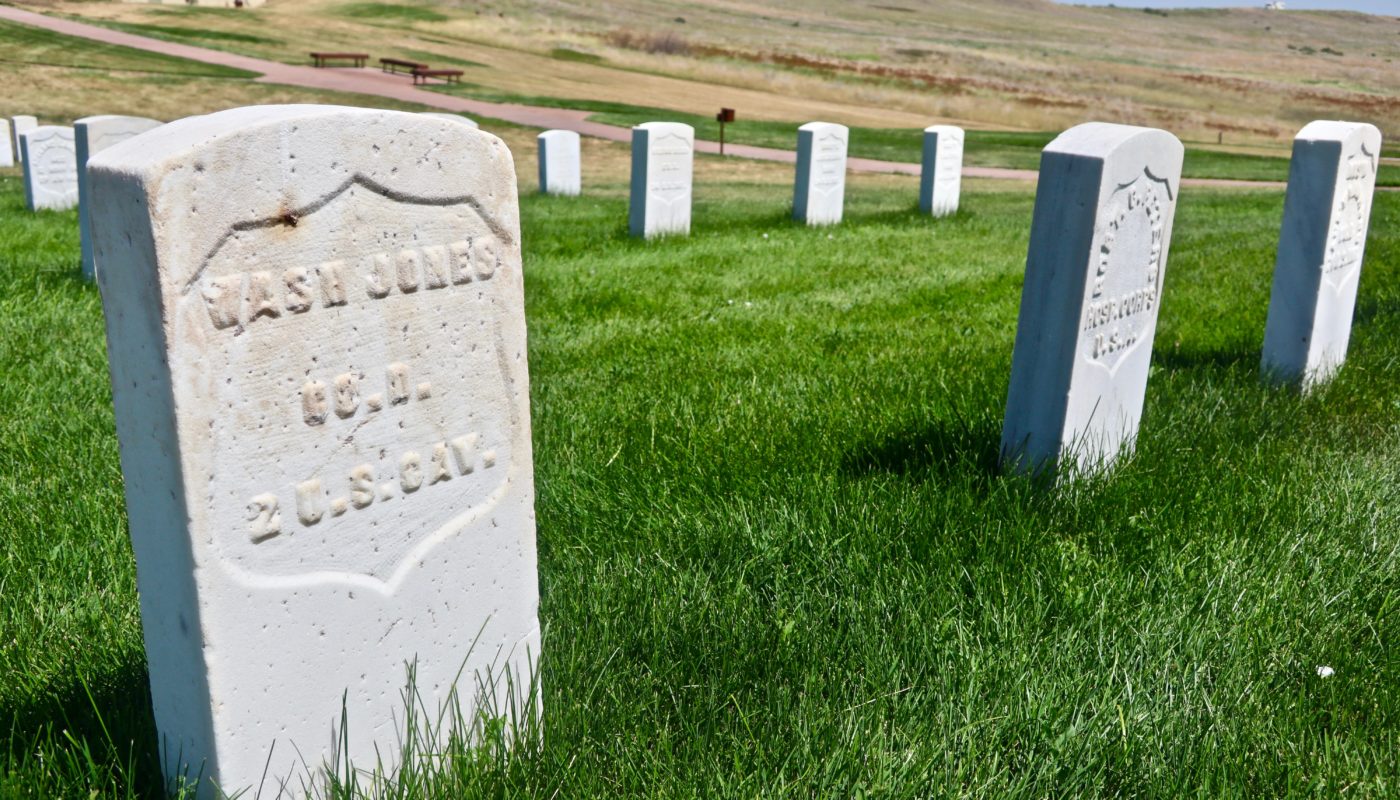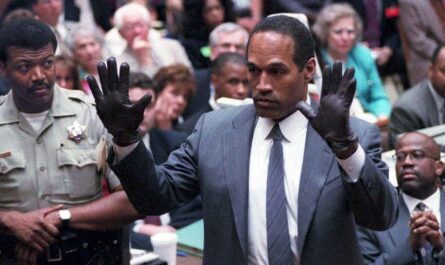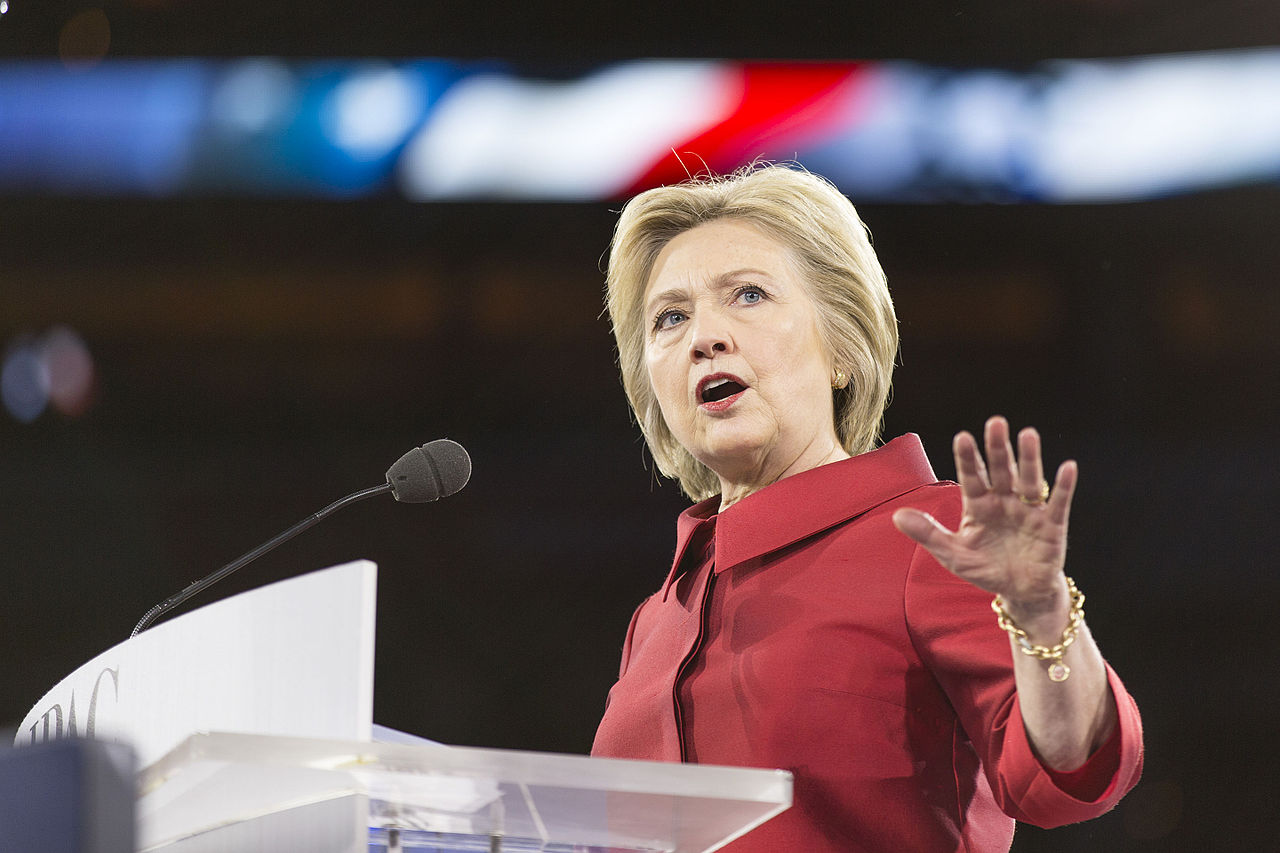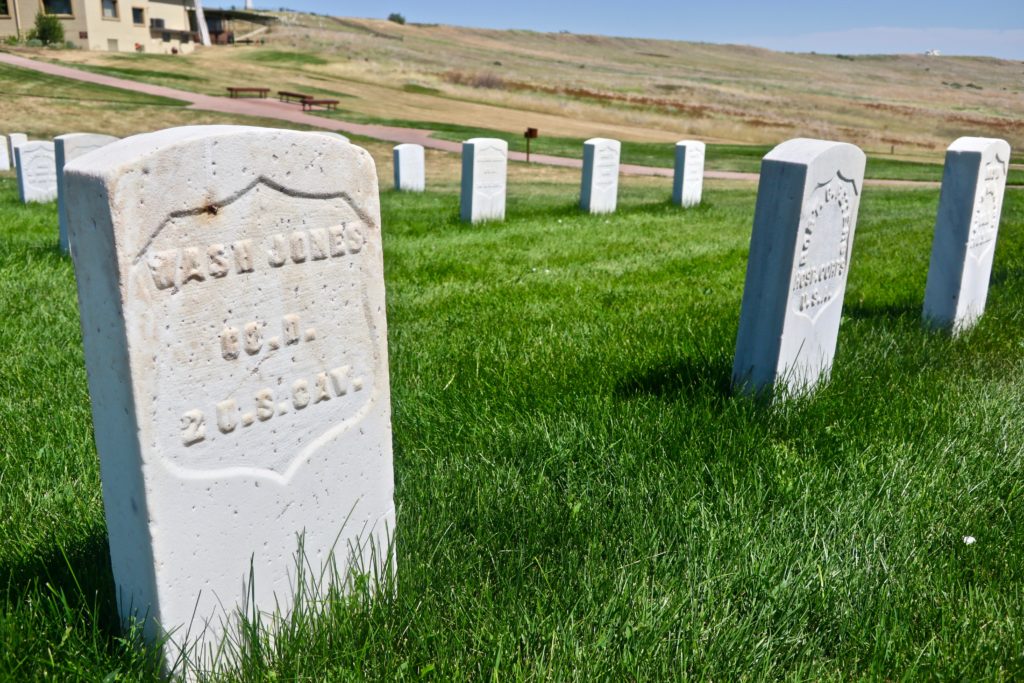
BILLINGS, Montana – About 1,000 people a day make their way off Interstate 90 and head a few miles north to the Little Bighorn Battlefield, a national monument in eastern Montana.
Established in 1878 , the memorial’s mission has evolved. Initially it was meant to honor the 210 American cavalry troopers, including their commander George Armstrong Custer, who died on June 25, 1876 in a “last stand” against a much larger mounted war party of Lakota and Comanche warriors.
That interpretation lasted for a century, until Native American historians took issue with the celebrated American martyrdom. In 1991, Congress authorized a sculpture to memorialize the 30 to 100 Native Americans also killed in the battle, and the courage and skill they exhibited in defending their home territory.
I visited the battlefield in early August 2020 and was struck by another way the Little Bighorn Battlefield generates contemporary 21st century relevance. It’s not hard to see the connection.
George Custer was a contemptible young man raised in Michigan, a lazy student who flouted the rules and graduated last in his class at West Point. A vainglorious military leader, Custer wore his blonde hair in long curls and his cavalry uniform often was decorated with a long bright red tie. Custer’s command included a number of important missions in victorious Civil War battles. But his troops always suffered much greater casualties than regiments under different commanders. That detail was lost in Custer’s biography while he was alive. Instead he was renowned for his command of cavalry troops in the Indian Wars of the 1870s where he displayed ruthless butchery in attacking villages, killing women and children, and attracting media attention to his outsize personality and his hunger for acclaim. Before his death, Custer was a bonafide military celebrity of his day.
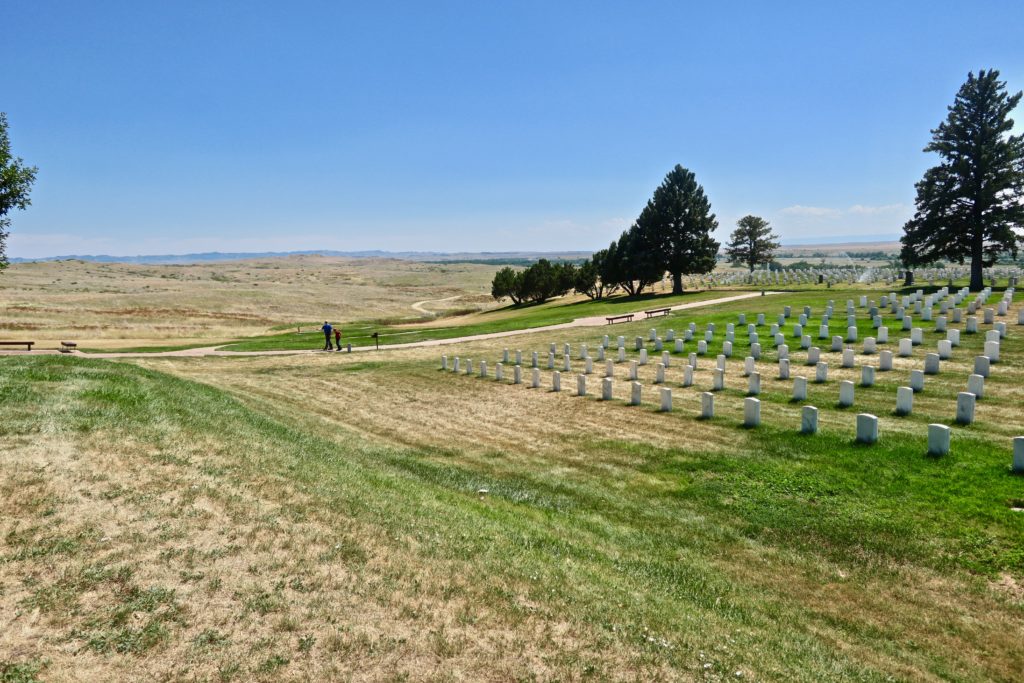
As historians evaluated the battle at Little Bighorn, it gradually became clear that Custer’s last stand was an exercise in swell-headed foolishness. Custer was conceited about his skills, expressed false pride in his experience, and was completely unprepared to fight a determined and well-equipped enemy motivated to protect their land and way of life. Custer’s last stand was not a heroic act of martyrdom, which is how American culture viewed the battle for 100 years. The truth is that Custer led his men into a monumental tactical calamity that killed every single one of them.
Now we come to the meaning of the Little Bighorn battlefield today. This stretch of rolling grasslands and open sky is a metaphor for contemporary America. The country’s president is a lazy, vainglorious, attention-seeking commander completely unprepared to respond to a pandemic of sickness, death and joblessness that together form the most serious threat to America’s well-being in our lifetimes. With the mastery of a malignant sorcerer, he captivated the media and spun a web of lies, deceit, and vitriol to become a kind of counter-culture hero embraced by tens of millions of supporters.
But Donald Trump’s Little Bighorn is approaching. He underestimates his opponents who have built a big coalition of voters and generated majority political support for Joe Biden and Kamala Harris. His malpractice has resulted in 200,000 American deaths. And he’s unprepared for the wave of revulsion that he’s generated with his cowardice and dishonesty. Just as Custer misjudged the peril to his men, Trump made — and continues to make — all the wrong choices in safeguarding our country. He is leading his supporters, his allies in the Senate and House, and the Republican Party into the tall grass of a massive defeat in November.
— Keith Schneider
